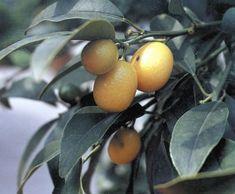
Citrus growers in Spain are already making gloomy predictions for next season, with two more months of the current campaign remaining.
In Alicante, growers report production volumes have fallen by 40 per cent and, despite better pricing, returns are lower. Ealdio Aniorte, president of growers’ association Asaja-Alicante, said: “Prices paid in the field have risen to €0.60-0.90 (48-72p) for lemons this season, €0.18 for Navelina and Navel and €0.25-0.50 for soft citrus. “Prices have improved but volume has been so low that growers are still stuck in desperate circumstances.
“Nevertheless, the real proof will be next season, when we hope trees will have recovered. Then growers should get a fitting return for their produce. If not, citrus production will be heading for disappearance.”
Aniorte said a large number of plantations have already been abandoned in the province of Alicante, south of Valencia, and the lack of water will be challenging next season, for those remaining in the sector.
Final volume estimates for the season put the orange crop in the province some 32 per cent down on last season at 271,791 tonnes. Lemons are forecast to close the season 50 per cent down, at 130,000t, and soft citrus, at 105,000t, is expected to show a 22 per cent decline.
Further south in Almería, growers fear a recovery by trees next season on the 2007-08 campaign will lead to overproduction of citrus, according to Ramón Ruiz, responsible for citrus crops at growers’ association Coag. “Normally when there is a year of little yield, the following year there is considerably greater volume,” he said.
The situation could be further complicated, Ruiz warned, by a change in the EU regime of support for crops destined for the processing sector. The result is likely to be a less profitable industrial sector and therefore more pressure on the fresh market - especially for oranges.
Ruiz believes growers could look to converting their acreage to organic production. But the effects on the marketplace are likely to take at least two seasons to be felt due to the conversion process required, he said.



